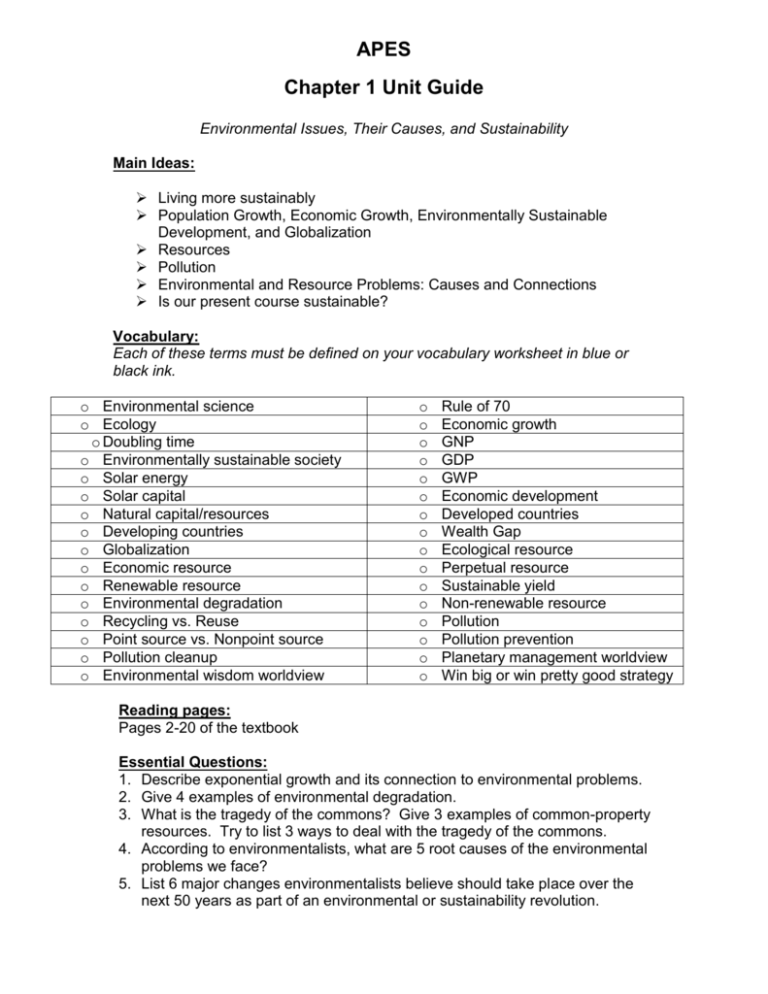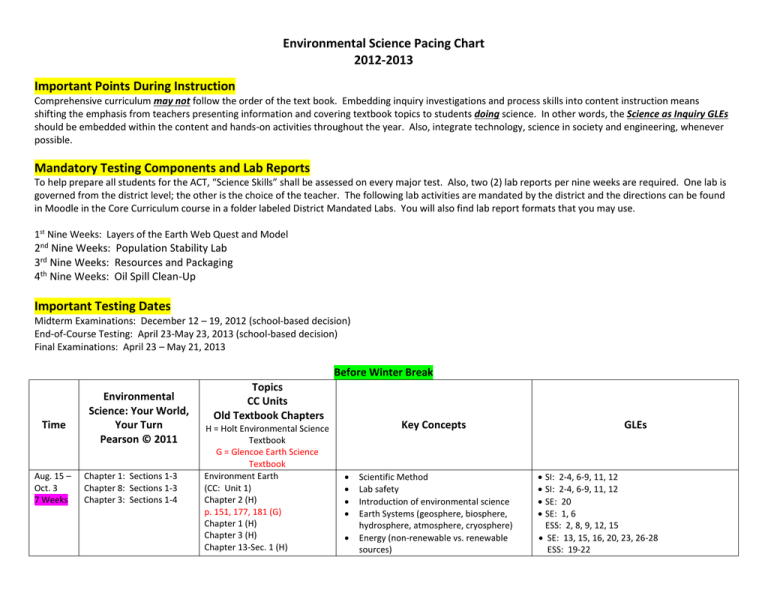

At these times, national leaders and consumers alike want to know how much of the scarce resource remains, when it will run out, and what alternatives exist. It concludes with a discussion about using resources efficiently as a way to save money, extend limited supplies, and reduce environmental damages.īecause energy and other mineral resources are so central to our lifestyle in developed countries, they often make news when prices rise and supplies tighten. This unit also surveys major uses of non-fuel mineral (material) resources and their environmental impacts. As we will see, the viability of conventional and alternative energy resources depends largely on developing new technologies that will harness them more efficiently while mitigating their harmful environmental consequences-especially their contributions to air pollution and global climate change. We then consider alternatives such as non-conventional fossil fuels, various renewable energy sources, and hydrogen energy. It begins with fuels that have been commercialized and are in use on a large scale, including conventional fossil fuels (coal, oil, and natural gas) and nuclear power. This unit describes the main energy sources available or understudies today to meet world demand in the current century. Source: © United States Government Printing Office. Offshore oil drilling platform, Gulf of Mexico

Retiring them prematurely to replace them with something “better” is very costly even if the new plants are not more expensive than the old ones.įigure 2. Energy facilities typically operate for 30 to 50 years, so they cannot change to different resources or technology mixes overnight. For example, major commercial energy fuels like coal, natural gas, and uranium are mined, cleaned, processed, refined, and delivered through complex, multi-stage systems that represent billions of dollars in infrastructure investments and complicated logistical interconnections (Fig. It also means altering the systems that produce, process, and distribute these resources. This typically happens when new resources perform as well as or better than current options and produce fewer negative impacts, such as pollution or health and safety risks.īut changing from one resource type to another involves more than simply discovering a new mineral deposit or developing new technology. Over the longer term, scientific and technological advances may enable societies to substitute new energy sources and material stocks for old ones. But we also can use these resources more efficiently, so that we obtain a rising amount of service from a constant level of inputs. Discovering new supplies and using more energy and materials is one way to derive more benefits. Scientists who study energy and material resources seek to understand what types of resources are available and where they can be found and to develop new technologies for locating, extracting, and exploiting them. The main concerns associated with material resources, therefore, are generally the costs and environmental impacts of extracting, transporting, and refining them. In most cases, these materials are abundant enough that they can be considered either renewable or available in such quantities that we will not soon deplete them. Modern societies also consume vast amounts of material resources, including metals, minerals, stone, chemicals, and fibers. Hunter Lovins, “Mobilizing Energy Solutions,” The American Prospect, January 28, 2002 And they want these ‘end uses’ provided in ways that are secure, reliable, safe, healthful, fair, affordable, durable, flexible, and innovation-friendly.” – Amory B. Rather, they want the services that energy provides: hot showers and cold beer, mobility and comfort, spinning shafts and energized microchips, baked bread and smelted aluminum. “Customers don’t want lumps of coal, raw kilowatt-hours, or barrels of sticky black goo. Rather, what matters are the services that we generate using energy. However, it is important to note that energy consumption does not directly improve the human condition. We are now deeply dependent on reliable, cheap sources of energy. Human society has profited from exploiting energy sources, particularly since energy use became much more efficient during the Industrial Revolution. In contrast, many alternative sources of energy, such as wind, solar, and hydropower, are renewable resources because their supplies are refreshed faster than humans consume them. Today most of the world’s energy is derived from fossil fuels, which are non-renewable resources available only in limited supply. The United States Energy Information Administration. World marketed energy consumption, 1980–2030


 0 kommentar(er)
0 kommentar(er)
